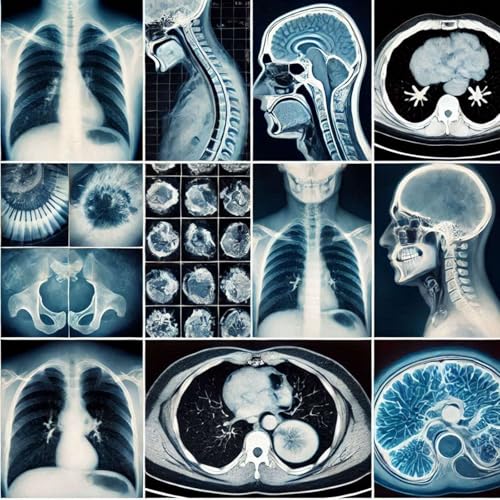Radiologists face a growing demand for imaging analysis, yet existing AI tools remain fragmented, each solving only a small part of the workflow. Today, we continue our series on domain-specific foundation models with Paul Hérent, Co-Founder and CEO of Raidium. He joins us to discuss how foundation models could revolutionize radiology by providing a single AI-powered solution for multiple imaging modalities.
Paul shares his journey from radiologist to AI entrepreneur, explaining how his background in cognitive science and medical imaging led him to co-found Raidium. He breaks down the challenges of building a foundation model for radiology, from handling massive datasets to addressing bias and regulatory hurdles, and their approach at Raidium. We also explore Raidium’s vision for the future: its plans to refine multimodal AI, expand its applications beyond radiology, and commercialize its technology to improve patient care worldwide. Tune in to learn how foundation models could shape the future of radiology, enhance patient care, and expand global access to medical imaging!
Key Points:
- Paul Hérent’s background in radiology, cognitive science, and founding Raidium.
- Why existing AI tools in radiology are fragmented and have limited adoption.
- How Raidium’s foundation model unifies multiple radiology tasks.
- Raidium’s multimodal AI: handling diverse imaging types in one system.
- Outlining the vast, diverse data used to train Raidium’s model, including radiology reports.
- The teams, compute power, and infrastructure behind Raidium’s AI development.
- Challenges in data curation, regulatory hurdles, and proving clinical value.
- What makes a good foundation model and the role of self-supervised learning (SSL).
- Insights into how Raidium benchmarks its model using rigorous medical imaging tests.
- The role of diverse data, human oversight, and continuous learning in reducing bias.
- Their current R&D phase and plans for commercialization.
- Key lessons Paul learned about AI startups, from data needs to product-market fit.
- The future of foundation models in radiology and beyond.
- Paul’s advice to AI founders: Build a team with both AI and domain expertise.
- Raidium’s vision: Improving the lives of patients and global healthcare access.
Quotes:
“In practice, there is still little AI adoption because every solution solves only a tiny part of what radiologist do. [For radiologists] it's a wider job. We want, as a radiologist, to have one tool to rule all modalities.” — Paul Hérent
“Data is key. If you have good data, not only to build a data set, but proprietary data, challenging data, rare data in a specific domain. It's very valuable because the architecture is not particularly innovative.” — Paul Hérent
“Build a team with people you trust. Entrepreneurship is not trivial. Be complementary.” — Paul Hérent
“The dream of Raidium is to build something that has a huge impact on a patient's life.” — Paul Hérent
“If we go beyond the rich countries, many, many people have no access to radiology. Two-thirds of countries don’t have access to radiologists. It's a big need. If we can contribute with our approach to more accessible health, we will be very happy.” — Paul Hérent
Links:
Paul Hérent on LinkedIn
Paul Hérent on Google Scholar
Raidium
Resources for Computer Vision Teams:
LinkedIn – Connect with Heather.
Computer Vision Insights Newsletter – A biweekly newsletter to help bring the latest machine learning and computer vision research to applications in people and planetary health.
Computer Vision Strategy Session – Not sure how to advance your computer vision project? Get unstuck with a clear set of next steps. Schedule a 1 hour strategy session now to advance your project.
 2 分
2 分 21 分
21 分 33 分
33 分 21 分
21 分 23 分
23 分 22 分
22 分 22 分
22 分 2025/03/0323 分
2025/03/0323 分
